Happiness is one of the most beautiful things this world has to offer, but like everything valuable, it can be hard to come by sometimes. What people do not realize is that the best way to come across happiness is by living in the present moment, and making the most of it.
How to Be Happy by Living in the Present Moment By Charles A. Francis
“Life is available only in the present moment.” ~ Thich Nhat Hanh
If you’ve read any books on meditation or spirituality, you’ve probably noticed that a common theme in most of them is the concept of living in the present moment. They usually describe the benefits of living in the moment, such as better health, better relationships, and greater happiness. They all make perfect sense, yet we still find it difficult staying in the present moment.
As the opening quote by Zen master Thich Nhat Hanh suggests, our lives are taking place in the present moment. The past is already gone, and the future has not yet arrived. So if we’re not living in the present moment, then we’re missing out on a big part of our lives and that of our loved ones, and much peace and happiness.
In this article, I will try to simplify the concepts of happiness and the present moment, and examine some of the reasons we have such difficulty staying in the moment. Then I’ll give you some practical exercises (that really work) to train yourself to stay grounded in the present moment. The goal is to help you find real long-lasting happiness.
What Is Real Happiness?
We all have some idea of what happiness is, but if we’re pressed to give a definition, we likely find ourselves struggling to come up with an accurate and succinct definition. And even if we do, it probably wouldn’t be a universally accepted one.
The truth is that there are various definitions of happiness. Even when you ask the experts, such as psychologists, economists, and religious scholars, you can still get wide variations. So then what do we do? I would say that you pick the definition that best resonates with you at this time, and remain open to revising that definition as you progress in your spiritual development.
Most of us associate happiness with feeling good. While feeling good is an important component of happiness, what is also important is how we achieve this emotion. Do we feel good because we made an important contribution to society, or because we stole someone’s wallet? Also, did the good feeling arise from outside circumstances, or inner circumstances?
“Be happy in the moment, that’s enough. Each moment is all we need, not more.” — Mother Teresa
Here I’m going to give you a definition from a mindfulness perspective, but first, let’s look at the definition most of us are familiar with.
We generally think of happiness as feeling good about ourselves as a result of living a good life, accomplishments, and material possessions. In other words, we feel good because we believe our life has meaning.
While this definition has some merit, where I would differ is in how we achieve those positive emotions. This definition implies that we achieve happiness through outside circumstances, mainly living a positive life that gives us meaning.
On another level, some people view happiness as continuous sensual pleasure and emotional gratification. The problem with this way of searching for happiness is that our emotions are short-lived. We may enjoy that gourmet meal until we get full: the new car is new for only so long, until we see a better one, etc.
These forms of happiness are designed to satisfy the ego, our sense of separate self. And as long as we keep identifying with our ego, we will remain susceptible to its frailties.
From a mindfulness perspective, happiness is joyful contentment that is achieved through the absence of suffering or inner peace. In a state of joyful contentment, we feel good because we are at peace with ourselves and the world. Our minds and emotions are calm, and we’re not easily provoked. This form of happiness comes from the development of mindfulness or expanded awareness.
One of the goals of mindfulness practice is to see our connection with the rest of the world. As we gain this clarity, our ego begins to dissipate, and our perception and point of view change. We begin seeing the world no longer in terms of “I” but rather “we.” In other words, interconnectedness becomes a reality and not just a concept.
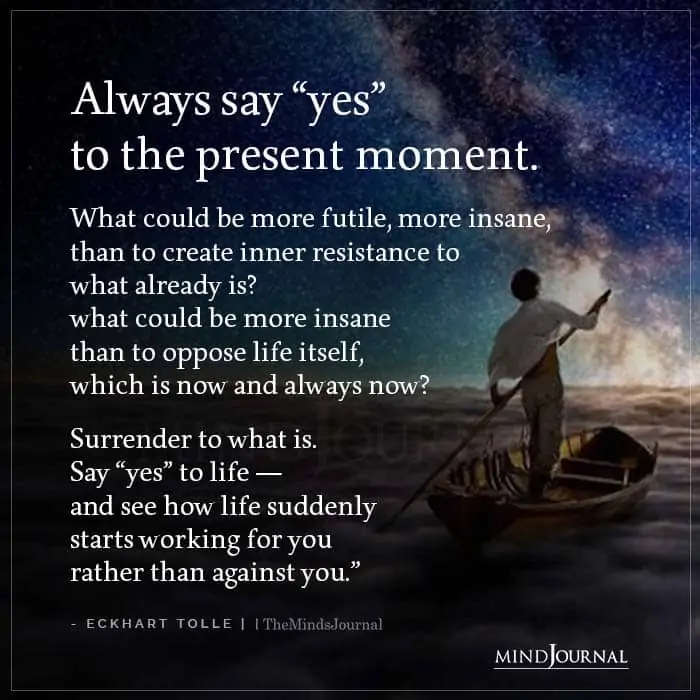
What Is the Present Moment?
On a basic level, we all understand the concept of the present moment. It is now. But what we may not fully appreciate is what it truly means to be in the present moment.
The present moment is where all reality takes place. It is where we experience joy and happiness. If our attention is on the past or the future, then we’re not fully in touch with reality. When we’re thinking about the past, we’re engaged in nothing more than thoughts. We often think about the past because it evokes some emotions, or sometimes we simply can’t help ourselves. This type of ruminating about the past is generally unproductive.
Now there is some value in thinking about the past. We can reexamine past events to see what important lessons we can learn from them. Some of us have unresolved issues that need to be addressed. In this case, it’s important to try to look at those issues from different angles, so we can gain new perspectives.
“The ability to be in the present moment is a major component of mental wellness.” — Abraham Maslow
On the other hand, we sometimes focus a lot of attention on the future, mainly worrying about future outcomes. There’s nothing wrong with planning for future goals, so long as we don’t get too caught up with circumstances beyond our control, and there are many of them. The idea is to do your planning in the present moment, carry out your plan, and be ready to make adjustments when things don’t go according to your plan.
The present moment is where we make decisions that affect the future. When we have a greater awareness of ourselves and the world around us, we can make better decisions that will lead to better outcomes.
The present moment is also where we connect with other people, especially our loved ones. Have you ever been with someone who is physically present, but his mind is somewhere else? You try to get through, but you can’t. If this is a loved one, it can be painful because he is beyond your reach. This is especially painful for a young child.
If we want to connect with our loved ones, then we need to be fully present. If we’re caught up in the past, or the future, then we cannot be there for them. We are also not fully in touch with ourselves.
Our goal as spiritual beings is to live deeply in the present moment, to be fully in touch with ourselves, other people, and the rest of the world.
Why Is It so Hard to Live in the Present Moment?
So, if the present moment is so wonderful, why do we have such a hard time staying in it? There are several reasons.
1. Distractions.
Throughout our daily activities, we are continuously bombarded by social influences. Our work and family constantly demand our attention. Most of us have little time for ourselves.
2. Habit.
Thinking about the past and future is a habit. We like to indulge in pleasurable memories and fantasies. The past can bring us pleasant memories, and the future brings us hope of better times to come.
3. Mental agitation.
With our busy lives comes a great deal of mental stimulation. Anything that touches any of our five senses will trigger a stream of thoughts, and this can overstimulate our mind, which makes it harder to slow down.
“If you were conscious, that is to say totally present in the Now, all negativity would dissolve almost instantly. It could not survive in your presence.” — Eckhart Tolle

4. Loneliness.
For some of us, sitting in a quiet environment can feel lonely. So what do we do in such cases? We create noise and activity so that we’re not alone with our thoughts, and this leads to overstimulation of our minds.
Related: How To Be In The Present Moment: 27 Lessons I Learned In 27 Years To Staying In The Present Moment
5. Running from ourselves.
Some of us are not happy with ourselves. So naturally, our inclination is to distract ourselves by getting involved in activities to divert our attention.
6. Running from our suffering.
Some of us are going through painful situations that may be difficult to deal with, or we may have unresolved issues from our past that keep coming up. None of us want to feel pain, especially if we don’t know how to deal with it. So we distract ourselves.
How to Stay Grounded in the Present Moment
With so many things that distract us from the present moment, it can be a challenge to live in the here and now. Living in the present moment is kind of like a skill, and like any other skill, it takes some practice to develop.
The way we learn to live deeply in the present moment is by developing mindfulness. It may be more challenging at first, but once your awareness expands, being in the present moment will become more natural.
There are several reasons for this:
1. As we gain greater clarity of the world around us, what we see happening in the present moment will attract more of our attention. We will also develop greater inner strength, and this will help us avoid being so easily distracted by unconscious influences.
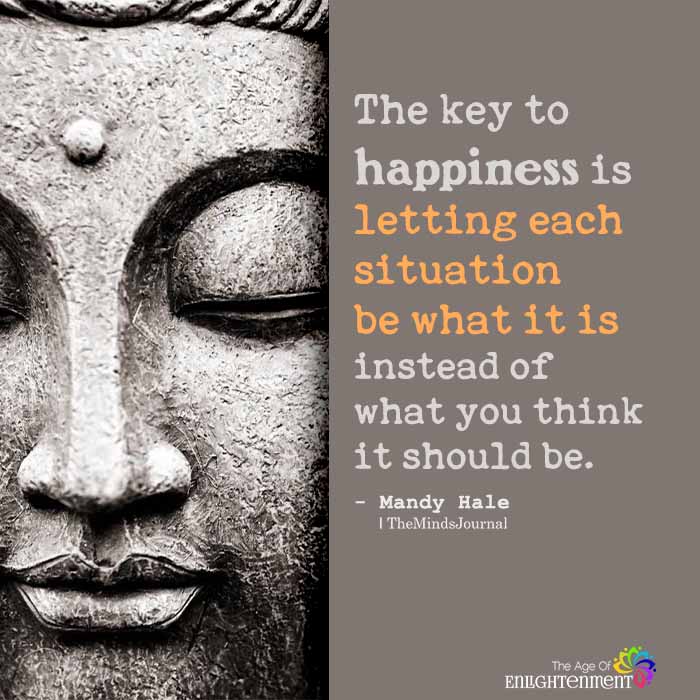
2. When we’re able to see everything on a deeper level, the world becomes more exciting. We begin to see things we never saw before, and we begin to experience a new and wonderful range of emotions, such as true inner peace, deeper compassion for our fellow human beings, and a greater love for all living beings.
3. As our awareness expands, our ego will dissipate, and our consciousness will no longer be confined to our own mind. Our mind will be calm, and we’ll no longer dwell on the past, nor worry about the future. We will use our minds for more useful purposes.
Here are some mindfulness practices that will help you stay grounded in the present moment.
1. Mindfulness meditation.
Sitting meditation is the primary tool for getting ourselves back to the present moment. Mindfulness meditation gives our mind a break from all the sensory stimulation that is agitating our mind, and it allows our thoughts to settle down naturally. A typical sitting mindfulness meditation session consists of body relaxation, concentration meditation, and mindfulness meditation.
Related: Tips For Living In The Present Moment: How to Find Freedom from Your Past with Mindfulness
2. Emotional awareness meditation.
In this form of meditation, we focus our attention on our emotions. We begin by identifying the emotions we are experiencing, and then with our expanding awareness we explore the root causes of those emotions.
The goal is to understand ourselves better and to resolve any issues from our past so that they’re no long distractions in our conscious and unconscious minds. We can practice emotional awareness meditation as an alternative to the mindfulness meditation portion of our sitting meditation session described above.
3. Walking meditation.
Walking is a great way to bring ourselves back to the present moment. We can either make a meditation session out of it, or we can simply make a conscious effort to walk mindfully.
To practice walking meditation, we generally walk much slower than normal. By slowing down the body, the mind will follow. Then we pay close attention to ourselves as we walk. We can either focus our attention on each footstep (to develop concentration) or observe our entire body or our surroundings (to develop mindfulness).
“If you want to conquer the anxiety of life, live in the moment, live in the breath.” – Amit Ray
4. Writing meditation.
This is not the typical writing meditation where you do free-flow writing of your thoughts. Instead, you take a script, such as the loving-kindness meditation, and you copy it by hand in a notebook over and over.
What this exercise does is imprint the affirmations into our subconscious mind. Then our behavior and attitudes become more in line with the ideals of the affirmations. These changes take place within just a few days, and without any conscious effort.
5. Mindful activities.
There are many activities that are so routine that we can do them without thinking. These are instances where we just let our minds wander, or we try multitasking. However, these are great opportunities to bring ourselves back to the present moment, and keep our mind from getting too agitated.
Choose any routine activity, such as washing dishes or folding clothes, and turn it into a meditation. All you have to do is slow down, and pay close attention to how you are performing the activity. Observe your actions more closely, and notice the sensations of the activity, such as sight, sound, smell, and touch. I think you’ll find that doing activities mindfully can significantly help calm your body and mind.
6. Mindful eating.
While mindful eating can be considered just another mindful activity, I like to discuss it separately because it can help us develop greater awareness of our body. Many of us eat our meals without being fully present. We’re either talking with others, on our cell phones, or watching television.
The food that we eat has a tremendous impact on our body and mind. It also highlights our connection with the rest of the world. There are many other people and organizations involved in providing us with the food we depend on for our survival, such as farmers, shippers, grocery stores, FDA, and more.
So I would suggest treating your meals as something a little more sacred. You can do this by slowing down, avoiding distractions, paying close attention to the sensations of eating (i.e. sight, smell, and taste), and take some time to give thanks to everyone involved in providing your food. A meal can be a truly enlightening experience.
One practice I learned while studying with Thich Nhat Hanh was reciting The Five Contemplations before our meals. This is much like saying grace but in a non-religious way. It helps us reflect on our food, so we can gain deeper insights as we eat more mindfully.
7. A day of mindfulness.
As with any beneficial activity, the more you practice, the more you’ll get out of it. Of course, there are some limitations like anything else that’s good for you. But with this practice, you can’t be too mindful.
If you’re serious about the mindfulness practice, you can take it to a whole new level. One way to do this is to have a day of mindfulness. What you do here is dedicate an entire day, or half a day, to practicing mindfulness. You can use any combination of the above practices, such as sitting meditation, walking meditation, writing meditation, and mindful activities. You basically want to slow down all your activities of that day and do them all mindfully.
Remember that our goal is to always live in the present moment, so a day of mindfulness would eventually become the norm, instead of the exception.
8. Mindfulness meditation retreat.
A mindfulness meditation retreat is probably the most powerful tool for developing mindfulness. It usually entails spending several days at a remote location where you can spend the whole time engaged in the practice. The retreat also consists of periods of silence, which allow your mind to settle down to a level that is difficult to achieve during our normal lives.
One of the great benefits of the mindfulness meditation retreat is that you get to experience a level of peace that most people never attain. You’ll see for yourself the true power of the mindfulness practice, and this will help you stay motivated and committed to it when you return home.
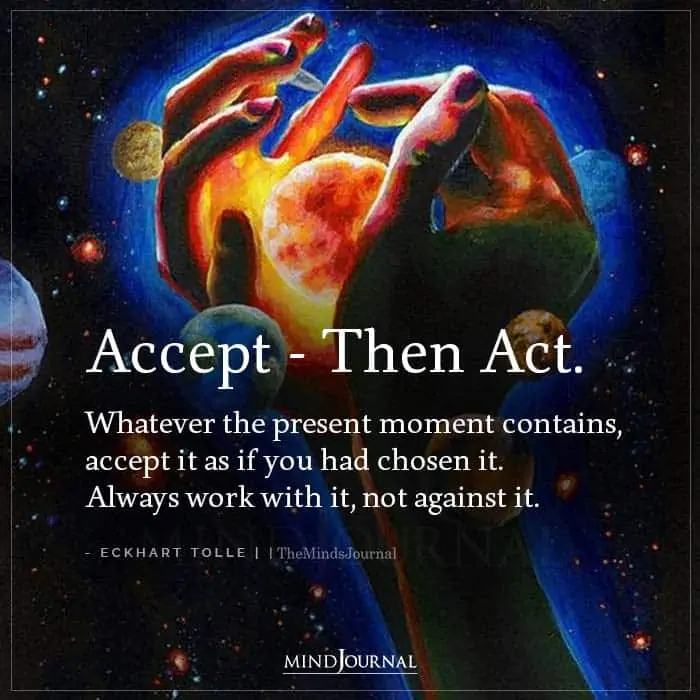
Final Thoughts
When we were children, we knew how to live in the present moment. It was natural for us. We didn’t have much of a past to regret, nor a future to worry about. Life was simple. As we grew older, we accumulated emotional baggage and began looking toward the future. Life became more complex.
As our lives became more complex, it became more difficult to live in the present moment, and we lost our sense of wonder and excitement in exploring the world we live in. The good news is that we can regain that by retraining ourselves to stay grounded in the present moment.
“Children have neither a past nor a future. Thus they enjoy the present, which seldom happens to us.” — Jean de La Bruyère
When we live in the present moment, we can see the whole world on a much deeper level. In fact, it can be even more exciting than when we were children. By applying our expanding awareness with the knowledge we’ve gained through our education and experiences, we can see things that we never saw before. Our understanding and wisdom will grow, and we’ll achieve the joyful contentment we’re searching for.
Related: Cultivate Presence: How To Practice Living In The Present Moment
Happiness is what gives life meaning and without happiness, it would be just dull and dreary. The happier you are, the better your life will be. So, the moment you come across even a shred of it, grab it with both of your hands and never let it go. The feeling of peace and genuine happiness will always help you power through.
Written By Charles Francis Originally Appeared On The Mindfulness Meditation Institute
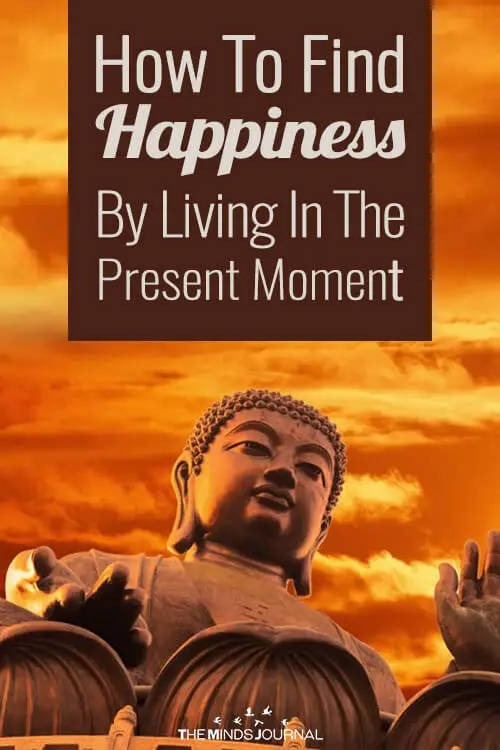
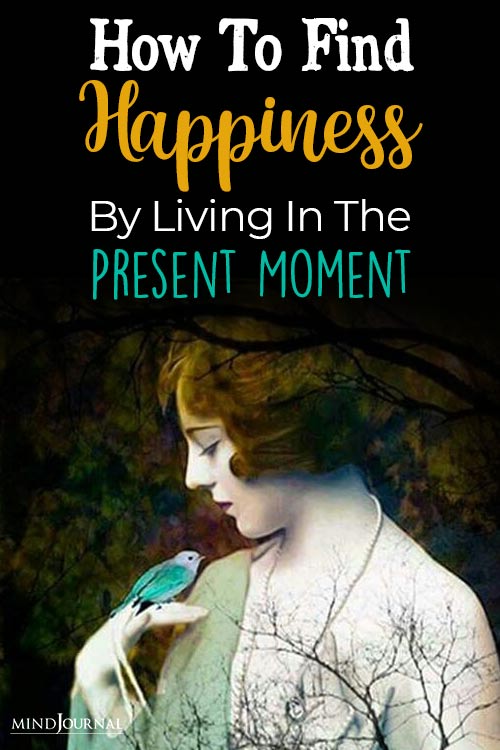
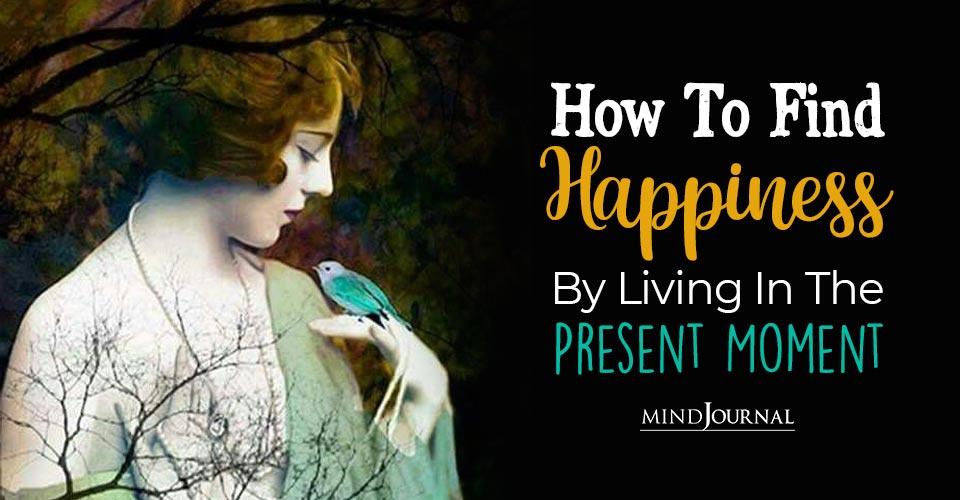
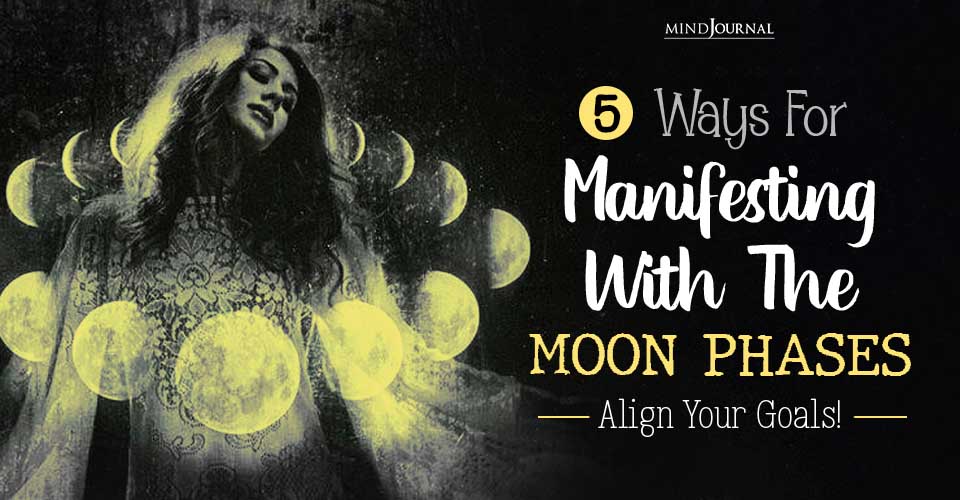
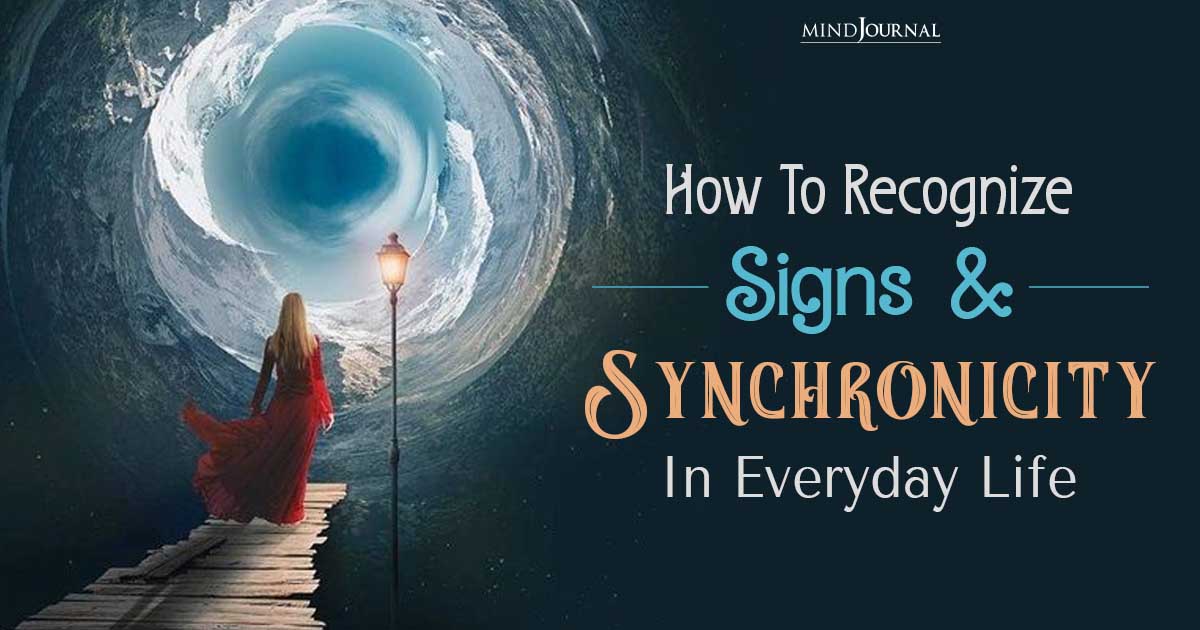
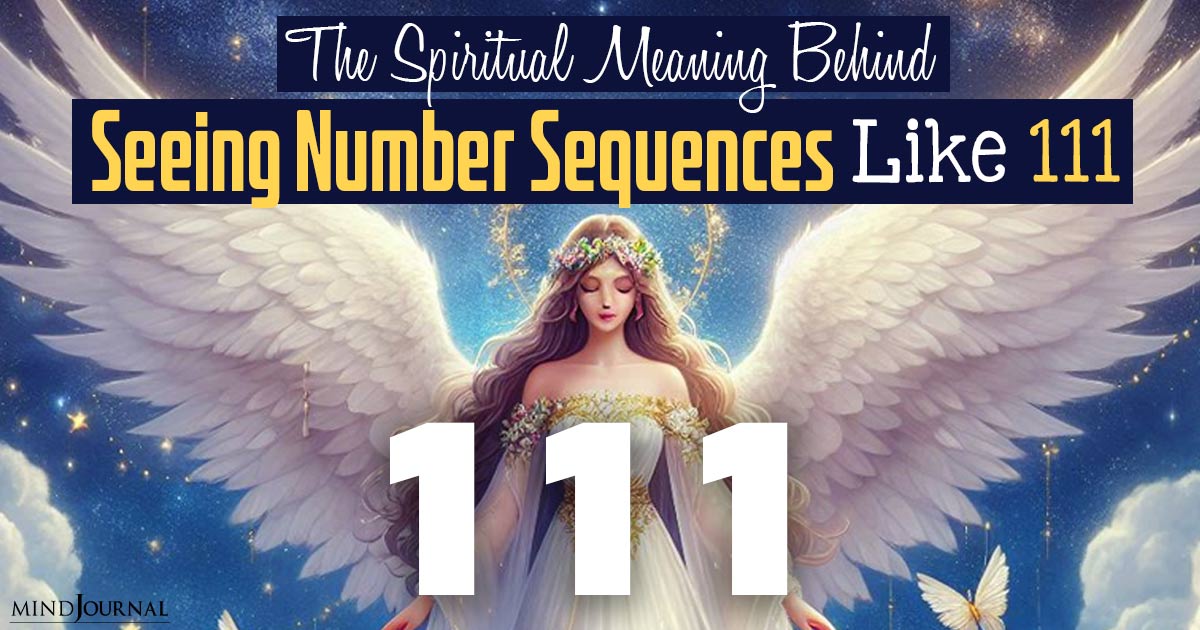

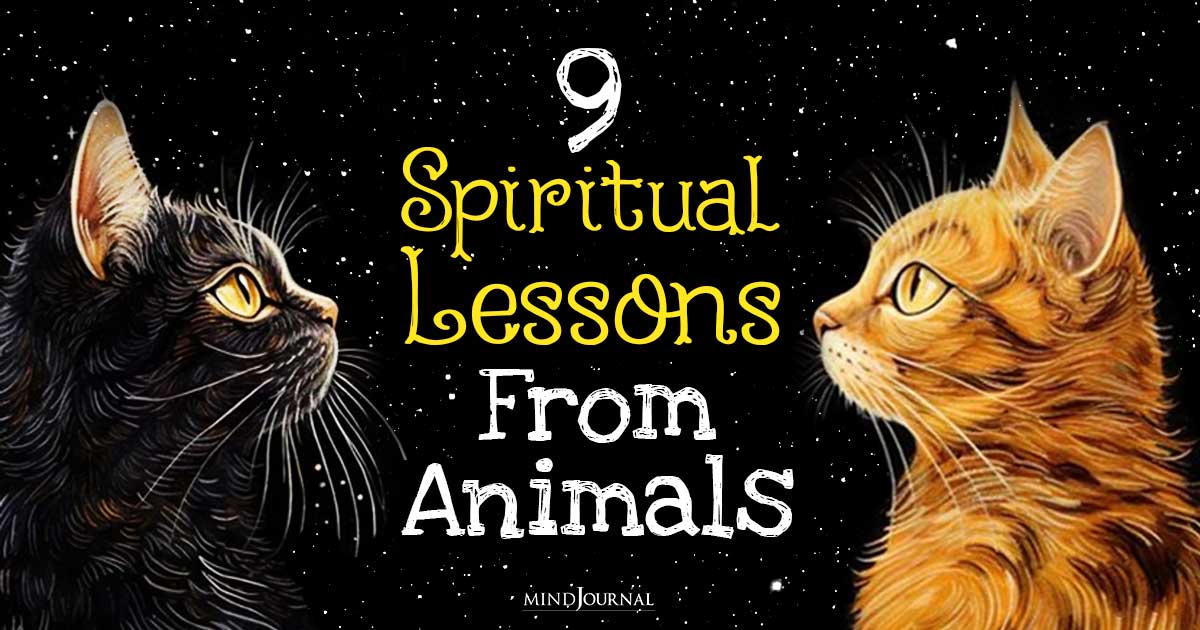
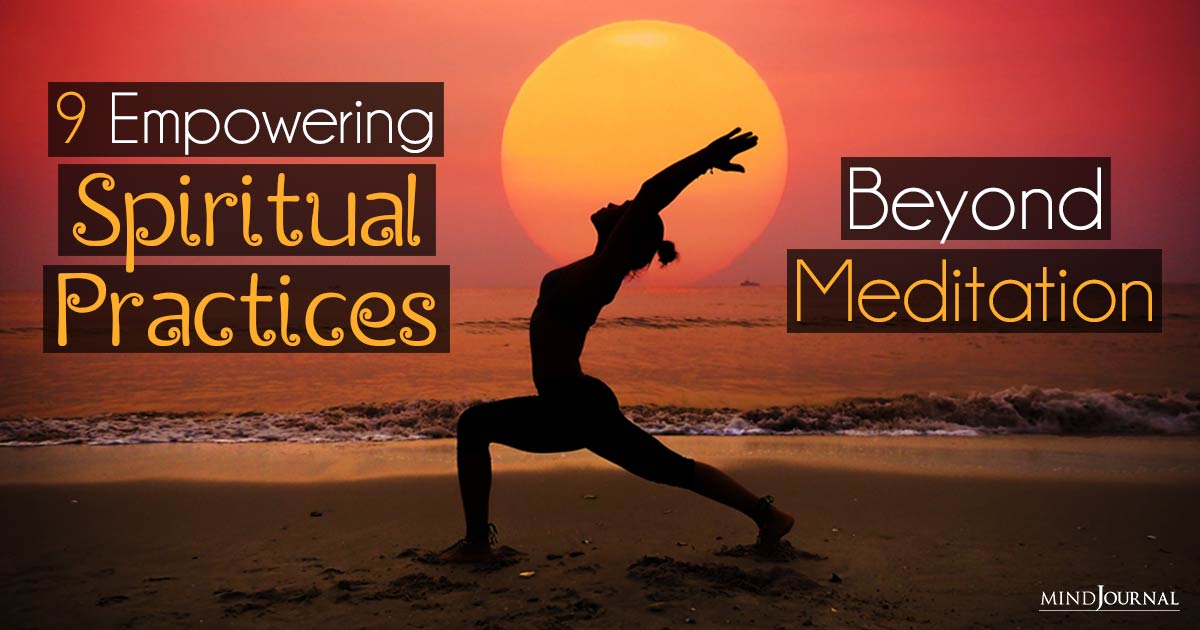

Leave a Reply
You must be logged in to post a comment.